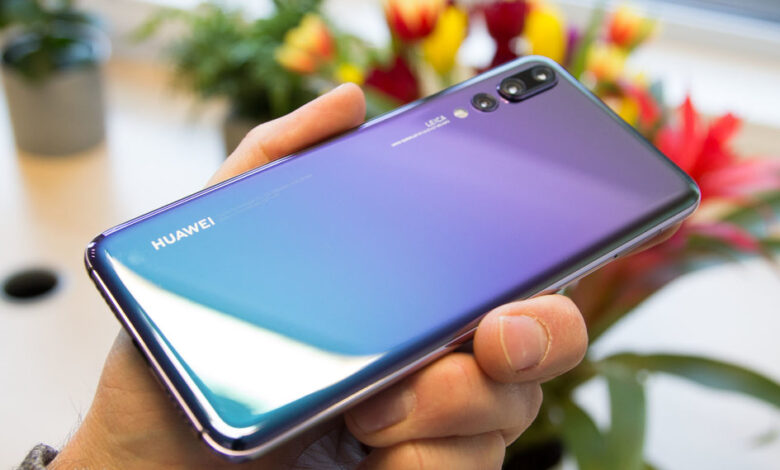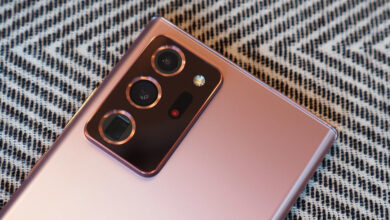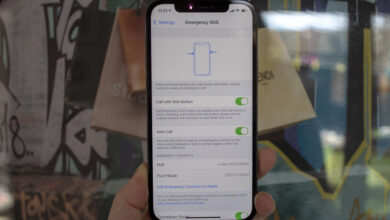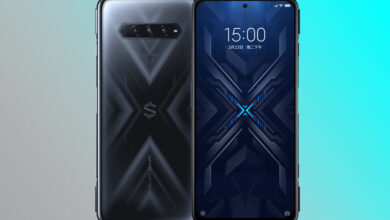Without Google what is Huawei’s plan B?

(Pocket-lint) – Huawei has been in hot water since the US imposed trade bans on the Chinese company in May 2019. That impacts on many of Huawei’s interests, including its smartphones.
“We have been making a plan for this possible outcome,” commented Jeremy Thompson, UK executive vice president, in an interview with the BBC soon after the May 2019 listing. “We have a parallel programme in place to develop an alternative. We would rather work with Android but if it doesn’t happen in the future we have an alternative in place which we think will delight our customers.”
That alternative is called HarmonyOS, a multi-platform operating system announced at Huawei Developers Conference in August 2019.
Huawei’s HarmonyOS
- HarmonyOS launced in 2019
- HarmonyOS 2.0 announced August 2020
- HarmonyOS 2.0 beta for smartphones announced December 2020
As soon as the spat with the US appeared, we started to hear talk of a plan B. But it wasn’t the first we’d heard of Huawei’s plans as there was talk of it in March 2019. Richard Yu, CEO of Huawei’s device business, said at the time that there was a plan B, but they would rather work with partners like Google and Microsoft – something that the company still maintains and does, to a certain extent.
HarmonyOS was unveiled in August 2019, expected to be a replacement for Android, but that wasn’t to be the case. HarmonyOS has been deployed for IoT applications and televisions, but at the Huawei Developer Conference (HDC) 2020, Huawei confirmed HarmonyOS 2.0 beta for smartwatches and TVs was coming and a beta for smartphones was launched in December 2020.
Richard Yu kickstarts #HDC2020 with his opening keynote focusing on the all-scenario intelligent ecosystems. #HUAWEI aims to build cohesive digital ecoystems for all. #Together2020 pic.twitter.com/EAn35r42XO
— Huawei Mobile (@HuaweiMobile) September 10, 2020
Huawei confirmed that HarmonyOS is known as HongMengOS in China. HongMengOS was one of the first names to appear soon after the US spat and we first encountered HarmonyOS as a trademark prior to the announcement.
What will run HarmonyOS?
- Cross-device platform
- Wearables, IoT, smart home, TVs, smartphones
HarmonyOS was officially revealed at the HDC in August 2019. It is described as a microkernel-based, distributed operating system, designed to run across all types of devices.
Huawei said that was going to start with smartwatches, wearables, in-car head units and it’s powering the Honor Vision smart TV, although the company stuck to open source Android for its smartphones in 2020, while its wearables still use LiteOS at the time of writing.
HarmonyOS 2.0 takes a big next step to make more connections in the all-scenario ecosystem. We will have a Beta version for developers coming this month… #HDC2020 pic.twitter.com/mEViADF5VI
— Huawei Mobile (@HuaweiMobile) September 10, 2020
However, based on the announcements of HDC 2020, and confirmation that a beta is coming for watches and then for phones, it looks as though Huawei could be eyeing up a potential switch away from the open source Android it’s using on many devices – or at least, lining it up as an alternative.
Indeed, at the launch of the Huawei Mate X2 in February 2021, Richard Yu confirmed that an update would be available to move from EMUI, to HarmonyOS, making Huawei’s alternative platform for smartphones a lot more real.
“We needed an OS that supports all scenarios, that can be used across a broad range of devices and platforms, and that can meet consumer demand for low latency and strong security,” is how Richard Yu, CEO of Huawei’s Consumer Business Group, explained at the 2019 launch.
Huawei said at the launch of HarmonyOS that if it “can not use Android in future [it can] immediately switch to HarmonyOS.” Huawei’s return to the full Google Android experience now seems very unlikely and although the Mate X2 hasn’t been launched on HarmonyOS, we might see the Huawei P50 launched on HarmonyOS for some regions.
What is happening on Huawei smartphones and what is Huawei Mobile Services?
- Huawei has lost access to Google Mobile Services
- App Gallery ramping up
Rather than ditching Android completely, Huawei continues to use the open source core Android operating system on its devices. A perfect example is the Huawei P40 Pro, which launched in March 2020 and was impacted by the ban on Huawei devices. The result was that it launched without the Google services you’d normally find on an Android device.
That included everything that would be part of Google Mobile Services – the Play Store, Google Maps, Gmail, YouTube – and all the other Google apps. The US ban means that Huawei can’t use these services from Google, so that’s what customers currently miss out on.
Huawei is replacing these services with alternatives. For example, it has announced that it’s going to be working with TomTom on a new mapping solution, it’s working on its own search tool and a big part of the offering is working to expand it’s own App Gallery to replace the Play Store, with a full suite of Huawei Mobile Services instead.
Huawei does have a lot of cloud support for its existing services and anyone with a Huawei ID will potentially just be able to access all those services, synced across devices, whether you’re accessing from an Android phone or from new HarmonyOS devices – so Huawei isn’t actually starting from scratch.
Huawei has frequently said that it could switch back to the full Android experience with a flip of a switch basically, but there’s also been the suggestion that Huawei is now more committed to following its own course and the most recent annoucements about a HarmonyOS beta for smartphones reinforces this message.
It’s likely that Huawei will stick to EMUI, so whether the core operating system of the smartphone is Android or HarmonyOS, it will probably look the same and behave in much the same way and support all the services that Huawei has been developing.
Writing by Chris Hall.





